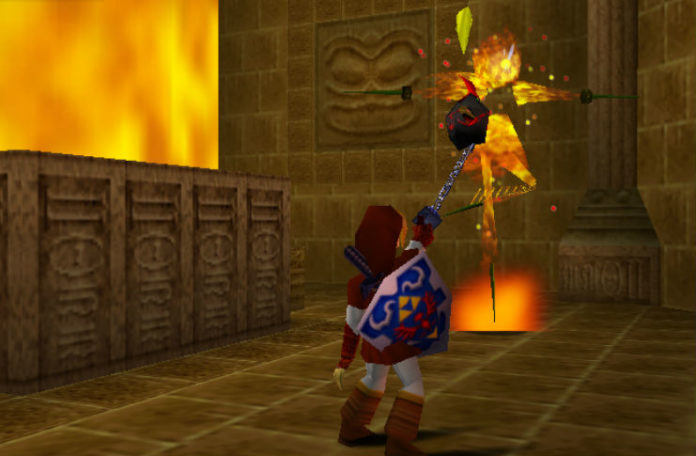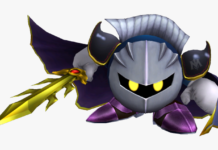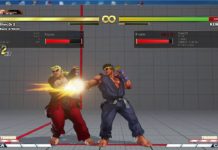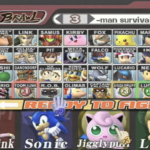The Legend of Zelda: Ocarina of Time is arguably the greatest video game of all-time, and part of what makes it such a complete experience was the outstanding soundtrack created by legendary composer Koji Kondo. However, depending on what platform you played Ocarina of Time on, you may have had a slightly different experience than others.
Early versions of the game had a very different song for the Fire Temple level, and it was changed even before the game’s initial release to avoid controversy.
What Was The Original Song?
The original tune for the Fire Temple contains chanting, which was later revealed to apparently have been sampled from an Islamic prayer. Nintendo explained that the chant had been selected from a library of commercially available sounds. It was likely picked to combine with Kondo’s composition and create a memorable atmosphere for the temple. The original song sounded like this:
The changed version starts out quite similarly to the original song, but aims for a “darker” vibe more akin to the Shadow Temple. There are clear influences from other music featured in the game, which led some fans to believe that the amended theme actually fit the game better.
While there was a theory that Nintendo was facing backlash from the Muslim community, the truth is that Nintendo had made the decision to change the song even before copies of the game were shipped, but decided against removing the song from copies which had already been manufactured. This is why earlier copies of Ocarina of Time for the Nintendo 64 still contain the chant version, whereas the 1.02 cartridges have the amended version.
Why Did They Remove It?
Nintendo had a strict policy of not featuring religious references in their games; in fact, The Legend of Zelda: A Link to the Past had originally been titled The Legend of Zelda: Triforce of the Gods but it was changed prior to the North American release to avoid controversy (additionally, the villain in A Link to the Past was a priest before being changed to a wizard.) They likely didn’t realize that the chant sample had religious connotations to it, which is why they didn’t lose sleep and recall the already manufactured cartridges, but rather just made the swap for all future releases.
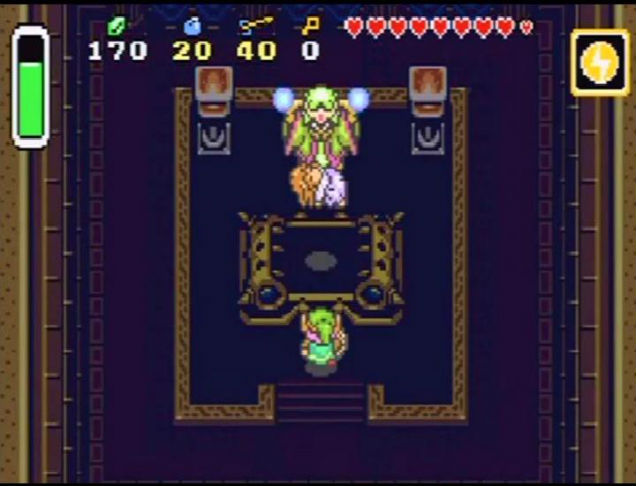
That’s Not All!
Consistency is important, and Nintendo had to remove another religious reference in Ocarina of Time, although this one wouldn’t be changed until the Gamecube re-release.
The Gerudo Symbol, a crescent moon with a star, bears a strong resemblance to a popular Islamic symbol; it can be seen throughout the game on various blocks, walls, switches, and even on the Mirror Shield.
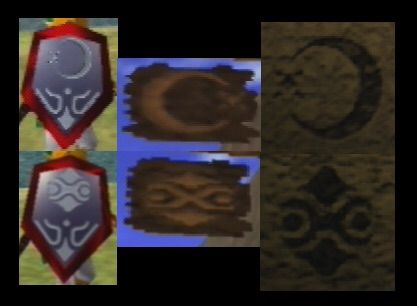
The symbol was then changed to the more symmetrical crest that has been used in the series ever since, including all re-releases of Ocarina of Time.
On top of that, to avoid getting a “Teen” rating in lieu of the desired “E” rating, they removed two instances of Ganondorf’s blood being red, changing the color to green instead. I have no idea how that would make things better; I guess green is clean when it comes to game ratings?
If Ocarina of Time had to make this many small changes even after release, one must wonder: what did other games have to remove to avoid controversy?


